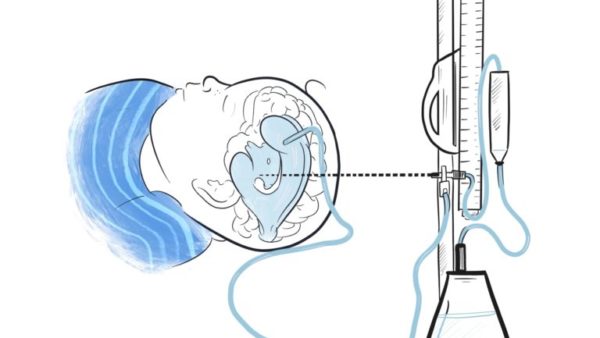Magnetic Resonance Imaging (MRI) is a form of imaging, invented in the 1970s by Paul C. Lauterbur, that has revolutionised medicine and surgery. Traditional X-Rays, or Computed Tomography (CT) are particularly good at looking at bony structures as they focus on density. This is the ‘thickness’ of different tissues in front of them. Magnetic resonance […]
blog
GBM
Glioblastoma (GBM) is the most common and aggressive adult brain tumour that exists, comprising of 16% of all adult primary brain tumours, they also occur in children, but this is more rare.(1) These tumours are the most aggressive subtype of a group of tumours known as gliomas. These come from glial cells which provide neurons […]
Ventriculo-peritoneal shunt
A ventriculo-peritoneal shunt is the most common long-term treatment of hydrocephalus. VP shunts have been in use for the past seventy years and are constantly evolving to meet the patient needs better. Nowadays there are different types of shunts that can be inserted, and the decision on which shunt should be used depends on the […]
External Ventricular Drain
If left untreated, acute hydrocephalus can be fatal, so emergency treatment is critical. If you’re unfamiliar with hydrocephalus and what can cause it, this blog post will tell you everything you need to know. In neurosurgery, we have several ways of diverting this excess fluid with some being temporary and others being more permanent. One […]
Hydrocephalus
One of the most common conditions that neurosurgeons treat is something called hydrocephalus. The brain and spinal cord has a plumbing system within it called the ventricular system which contains a fluid called cerebro-spinal fluid (CSF). What is cerebrospinal fluid? Cerebro-spinal fluid (CSF) is a fluid needed to provide protection and nourishment to the brain […]





